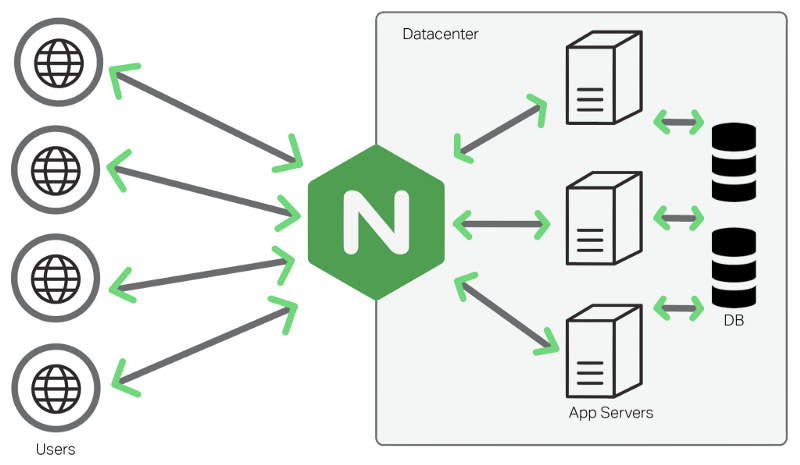What is Ngnix and how we used in our web applications
Posted By :Sakshat Singhal |18th April 2023
Introduction to NGINX:
NGINX is a high-performance web server and reverse proxy software that can handle heavy traffic and scale easily. NGINX was initially released in 2004 and since then it has become one of the most popular web servers in the world. In this blog, we will explore what NGINX is, what it does, and how it can be used.
NGINX Architecture:
NGINX has a modular architecture that allows it to perform multiple functions such as serving static content, reverse proxying, load balancing, SSL termination, and more. NGINX has a master process that controls worker processes that handle incoming connections. This architecture allows NGINX to handle a large number of concurrent connections without using too much memory or CPU resources.
NGINX Configuration:
NGINX configuration is done using a configuration file that specifies how NGINX should handle incoming requests. On most Linux systems, the configuration file is found at /etc/nginx/nginx.conf. The configuration file is divided into sections, with each section defining a different aspect of NGINX's behavior.
Some of the key sections in the NGINX configuration file are:
http: This section defines how NGINX should handle HTTP requests. It can specify how to serve static content, how to reverse proxy, how to load balance, and more.
server: This section specifies how NGINX should handle requests to a given server. It can specify the server name, the IP address, the port number, and more.
location: This section defines how NGINX should handle requests for a specific URL location. It can specify how to serve static content, how to reverse proxy, and more.
NGINX Features:
NGINX has many features that make it a popular choice for web servers and reverse proxies. Some of these features include:
High performance: NGINX is built to handle a large number of simultaneous connections efficiently
Scalability: NGINX can be easily scaled horizontally by adding more servers to a cluster.
Load balancing: NGINX can distribute incoming requests across multiple servers to improve performance and reliability.
Reverse proxying: NGINX can act as a reverse proxy to route incoming requests to backend servers.
SSL termination: NGINX can handle SSL/TLS encryption and decryption to offload this work from backend servers.
Conclusion:
NGINX is a powerful and flexible web server and reverse proxy software that can handle a large number of concurrent connections efficiently. Its modular architecture and extensive configuration options make it suitable for a wide range of use cases. Whether you are serving static content, reverse proxying, load balancing, or handling SSL/TLS encryption, NGINX has the features you need to get the job done.




